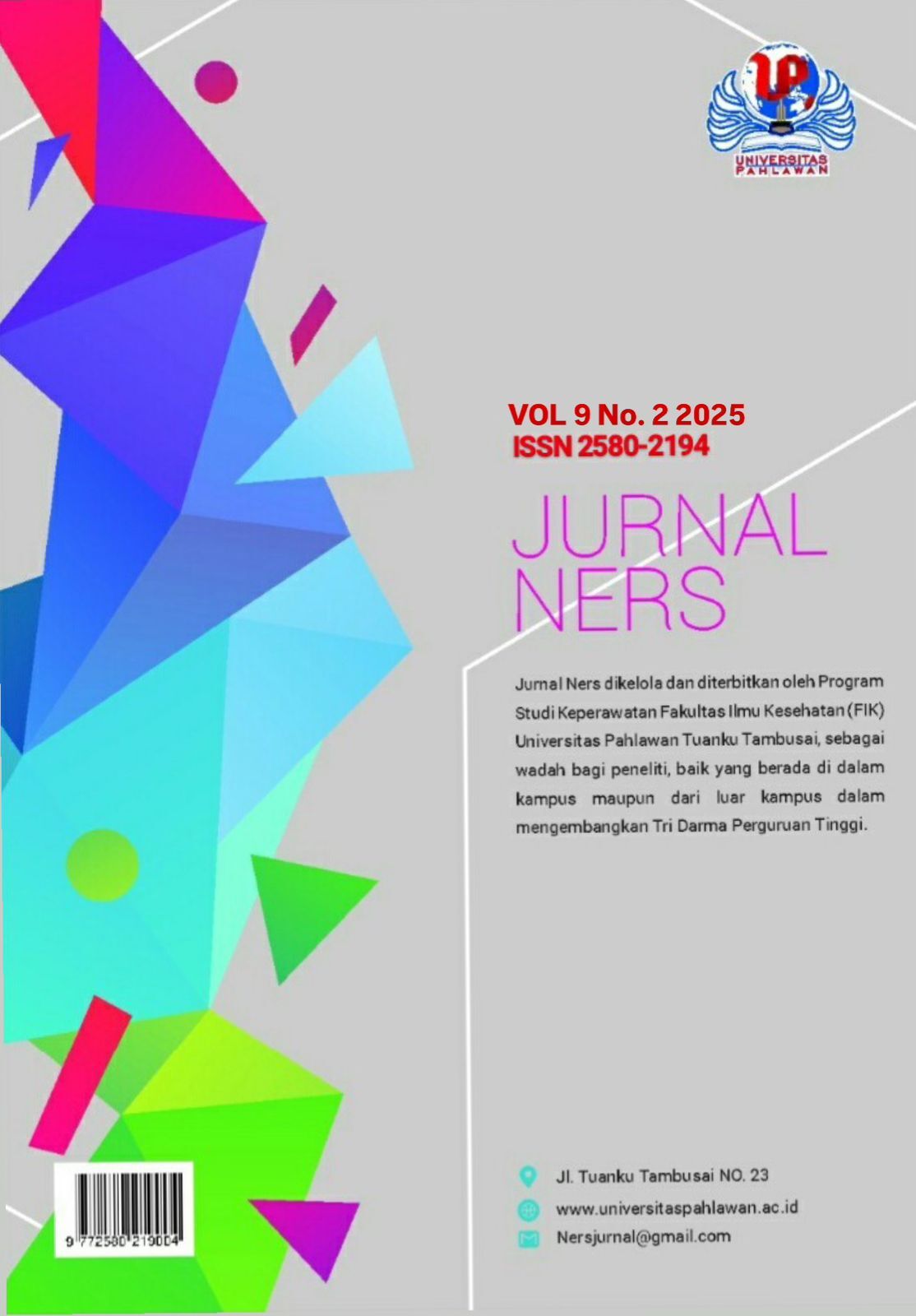Evaluation of The Suitability of High-Alert Medication Storage in the Pharmaceutical Warehouse of the Indonesian Red Cross (PMI) Bogor Hospital
DOI:
https://doi.org/10.31004/jn.v9i2.40356Abstract
The storage of high-alert medications requires evaluation to prevent medication errors and inappropriate drug use and to facilitate the monitoring as well as control of these medications. Hospitals need to develop policies for managing high-alert medications. Therefore, the storage system must be established and aligned with actual conditions to ensure accurate drug delivery. This study aimed to describe the storage of high-alert medications in the pharmacy warehouse of PMI Bogor Hospital in 2023, determine the level of compliance with the storage of high-alert medications, assess the impact of storage practices on drug damage, and describe the knowledge and behavior of warehouse staff regarding high-alert medication storage. The results showed that the average compliance rates were as follows: 71% for Look-Alike Sound-Alike (LASA) medications (good), 73% for high-concentration electrolytes (good), 88% for narcotics (very good), 76% for psychotropics (good), and 75% for precursors (good). The staff's knowledge was rated as very good, with an average score of 9.17, while their behavior was rated as good, with a score of 9.5.Downloads
Published
2025-02-11
How to Cite
Elfrida, N. S. A. L., Baladraf, A. R., & Rokhmah, N. N. (2025). Evaluation of The Suitability of High-Alert Medication Storage in the Pharmaceutical Warehouse of the Indonesian Red Cross (PMI) Bogor Hospital . Jurnal Ners, 9(2), 1540–1549. https://doi.org/10.31004/jn.v9i2.40356
Issue
Section
Articles
License
Copyright (c) 2025 Jurnal Ners

This work is licensed under a Creative Commons Attribution-ShareAlike 4.0 International License.
Authors who publish with this journal agree to the following terms: Authors retain copyright and grant the journal right of first publication with the work simultaneously licensed under a Creative Commons Attribution-ShareAlike 4.0 International License that allows others to share the work with an acknowledgement of the works authorship and initial publication in this journal. Authors are able to enter into separate, additional contractual arrangements for the non-exclusive distribution of the journals published version of the work (e.g., post it to an institutional repository or publish it in a book), with an acknowledgement of its initial publication in this journal. Authors are permitted and encouraged to post their work online (e.g., in institutional repositories or on their website) prior to and during the submission process, as it can lead to productive exchanges, as well as earlier and greater citation of published work (See The Effect of Open Access).








